How many gallons does your bathtub hold? For most homes, a regular tub holds 40 to 70 gallons at the overflow, which is within the range of average bathtub gallons. But here’s the real-world answer you can use today: most people use about 30 to 50 gallons per bath, because you do not fill to the brim and your body displaces water. In this guide, you’ll learn how to measure your own tub, calculate how many gallons is a bathtub in a few minutes, and size your water heater so you don’t run out of hot water. You’ll also see how many gallons is a regular bathtub by type, quick conversion tips, filled weights to plan for floor loads, and simple ways to cut water and energy costs without losing comfort.
If you’ve ever asked, “How many gallons is a bathtub in a normal setup?” or “How do I tell how many gallons is a regular bathtub?” this is your one-stop, plain-English resource. By the end, you’ll know your tub’s capacity, your typical fill level, how many gallons your heater needs to supply, and what it costs to enjoy a relaxing bath.
Tub gallons at a glance: quick answers and chart
For fast planning, here are the typical bathtub capacity ranges you’ll see across common styles. These are overflow (maximum) numbers; your normal bath uses less water.
Typical capacity ranges by tub type
-
Small/compact tubs: 30–40 gallons
-
Standard/alcove (common 5-foot tub): 40–70 gallons
-
Tub-shower combo: 60–80 gallons
-
Freestanding/soaking tubs: 60–100+ gallons
-
Whirlpool/jetted or two-person tubs: 80–170+ gallons
-
Clawfoot classics: 40–61 gallons
In short, the average bathtub falls near 40 to 70 gallons, while deep soaking and two-person tubs can hold far more.
Max vs. typical fill explained
Manufacturers list a “to overflow” capacity. That’s the most a tub can hold before it spills into the overflow drain. You don’t bathe that way. In real use, people:
-
Leave a safe gap below the overflow for comfort and splashing.
-
Displace water as they get in (an adult often displaces 8–15 gallons).
-
Often prefer water at chest or belly-button height when seated.
Because of these factors, the water you actually use is often 50–70% of the listed max. For a tub rated 70 gallons, a typical bath might use around 35–50 gallons, depending on body size, height of the fill, and tub shape.
Quick conversions for planning
-
1 gallon = 3.785 liters
-
1 gallon = 0.134 cubic feet
-
Water weight = 8.34 lb per gallon (handy for floor-load math)
-
Rule of thumb preview: a tub with a max of 60–70 gallons often pairs with a 40–50 gallon tank if the heater has a good recovery rate and you mix hot with some cold.
Quick comparison chart
Use this as a one-screen reference while you measure and plan.
| Tub type | Common interior size (L × W × D to overflow, inches) | Typical range (max gallons) | Typical fill (real use, gallons) |
| Small/compact | ~48–54 × 24–28 × 11–13 | 30–40 | 20–28 |
| Standard/alcove | ~56–60 × 28–30 × 12–14 | 40–70 | 30–50 |
| Tub-shower combo | ~58–60 × 30–32 × 13–15 | 60–80 | 35–55 |
| Freestanding/soaking | ~58–66 × 28–34 × 15–20 | 60–100+ | 40–75 |
| Whirlpool/jetted/two-person | ~66–72 × 34–42 × 16–22 | 80–170+ | 55–120 |
| Clawfoot | ~54–66 × 28–30 × 12–16 | 40–61 | 30–45 |
Note: Dimensions and capacities vary by model. Always measure your specific tub if you can.

How to calculate bathtub capacity
You can calculate your tub’s water capacity in minutes with a tape measure and a little math. You do not have to fill the tub to find out.
Step-by-step measurement and formula
-
Measure the inside length in inches at the waterline you’d use (or to the overflow).
-
Measure the inside width in inches at the same waterline.
-
Measure the water depth from the bottom to the overflow (or your chosen fill line).
-
Multiply length × width × depth to get cubic inches.
-
Divide by 231 to convert to gallons:
-
Gallons = (L × W × D) ÷ 231 (USGS, 2018)
-
Accuracy tips:
-
Measure flat-to-flat across the inside, not outside.
-
If the sides flare or the backrest slopes, take width and depth where the water sits, not at the rim.
-
For angled backs, you can average depths (see below).
Example: If your interior measures 58 inches long, 28 inches wide, and 13 inches deep to the overflow:
Gallons = (58 × 28 × 13) ÷ 231 = 21,112 ÷ 231 ≈ 91 gallons max.
Typical fill (about 60%) ≈ 55 gallons, minus body displacement (say 10 gallons) = ~45 gallons used.
Shape adjustments and pro tips
Not all tubs are perfect rectangles. Many have curved walls or tapered ends. To adjust your estimate:
-
Ovals or rounded interiors: multiply by a shape factor of about 0.85–0.90. Example: 91 gallons × 0.9 = ~82 gallons max.
-
Sloped backs or ergonomic wells: measure depth at three points (drain end, middle, backrest), then average those depths before using the formula.
-
Drop-in vs. alcove: drop-ins often have more curve; alcove tubs often have flatter walls. Adjust the shape factor accordingly.
Do a quick sanity check: if your rectangular math says 100 gallons, but the tub clearly has rounded sides, a corrected number between 85–95 gallons is more likely.
Displacement and “usable gallons”
How much water will you actually use to bathe?
-
Subtract 8–15 gallons for an average adult. Larger bodies may displace more.
-
Plan to fill to a comfortable level, often 50–65% of the max capacity.
-
Safety margin: leave a few inches below the overflow to prevent spills and to keep the overflow from running constantly.
How do I measure tub gallons without filling it?
Use the formula above. Measure inside length, width, and depth. Adjust for shape with a factor (0.85–0.90 for rounded tubs). Then subtract an estimate for your body (8–15 gallons) to get a practical “usable gallons” number.

Water heater sizing and real-world fill levels
You can size your water heater more confidently once you know your tub gallons and your actual fill habits. The key is to look at the heater’s first-hour rating (FHR) and how hot water mixes with cold during a bath.
Matching tub gallons to water heater capacity
Two numbers matter:
-
Tank size (gallons)
-
First-hour rating (how many gallons of hot water the heater can supply in one hour, starting with a full tank)
Because you mix hot water with some cold, you do not need the entire tub volume as pure hot water. With a typical setpoint of 120°F and a bath target of about 105°F, you might use roughly 70–80% hot and 20–30% cold during the fill. Recovery rate also matters. Gas heaters recover faster than most electric units.
Here is a simple planning matrix that many homes can use as a starting point.
| Tub typical fill (gallons) | Suggested tank size (baseline) | Notes |
|---|---|---|
| 30–40 | 30–40 gal tank | Electric is fine; gas heats faster. |
| 40–55 | 40–50 gal tank | Good recovery needed for back-to-back baths. |
| 55–75 | 50–60 gal tank | Gas preferred or high-recovery electric. |
| 75–100 | 60–75 gal tank | Consider larger FHR or on-demand booster. |
| 100–120+ | 75–100+ gal tank | Two-person tubs often need high FHR or hybrid setup. |
These are rough matches. Always check your heater’s FHR and your faucet’s gallons per minute (GPM), because slow fill can lead to cooling and greater hot water use.
Quick test checklist before you buy
-
Check your heater setpoint (many homes use 120°F).
-
Time your tub fill at the faucet: gallons per minute × minutes to fill.
-
Measure overflow height and confirm how full you actually bathe.
-
Confirm you have an anti-scald mixing valve for safe temperature control.
-
If possible, run a test fill to see if you run out of hot water before you reach your comfort level.
Can my water heater fill my tub with hot water?
Use simple math with mix-down. Suppose your tub’s typical fill is 50 gallons at 105°F, your cold water is 60°F, and your heater is set to 120°F.
-
Hot fraction ≈ (Target − Cold) ÷ (Hot − Cold)
-
Hot fraction ≈ (105 − 60) ÷ (120 − 60) = 45 ÷ 60 = 0.75
So you need about 0.75 × 50 = 37.5 gallons of hot water. If your heater has at least 40 gallons of usable hot water on the first draw (tank size and FHR matter), you should be fine. If you come up short, raise recovery (gas, larger tank, or booster), lower the tub fill level, or pre-warm the bathroom to reduce heat loss.
Bathtub types and average gallon ranges
Different tubs hold different amounts of water because of shape, depth, and design. Here are the common categories and what they usually hold.
Standard alcove and tub-shower combos
The everyday standard bathtub in a 5-foot alcove often lists 40–70 gallons to the overflow. In real use, many people fill 35–50 gallons. A tub-shower combination is often a bit wider and deeper, so its max can land between 60–80 gallons. If you mostly shower, the extra capacity does not cost you water day to day, but it’s nice for the occasional soak.
How big is a 40 gallon bathtub?
A compact alcove tub at about 54–56 inches long, roughly 28 inches wide, and around 12 inches deep to overflow might calculate near 40 gallons max. With typical fill, that means about 25–30 gallons used.
Freestanding and soaking tubs
Freestanding and soaking tubs are deeper. Many list 60–100+ gallons. The extra depth supports a higher soak line at the shoulders or chest without spreading out the footprint. Materials like cast iron or stone resin can hold heat longer but weigh more; acrylic or fiberglass weigh less and warm up faster to the touch. A deep 66-inch soaker may calculate to 90–110 gallons max; a real bath might use 50–75 gallons after displacement.

Whirlpool/jetted and two-person tubs
Jetted tubs and two-person models often list 80–170+ gallons, with deeper wells and broader shapes. They also include pumps and, often, sensors that require a certain minimum fill before jets will run. Displacement matters here: two people can displace 16–30+ gallons. Typical use ranges widely, from 55 to over 120 gallons, based on the tub and bather size.
How many gallons is a 2 person bathtub?
Most two-person tubs hold somewhere between 100 and 170+ gallons to overflow. In real use with two adults, many fills land between 70 and 120 gallons, depending on how high you fill and the tub design.
Clawfoot and corner garden tubs
Classic clawfoot tubs are usually narrower and fall near 40–61 gallons to overflow, with a typical bath in the 30–45 gallon range. Corner “garden” tubs often look huge from above, but many are wide yet not very deep. Expect 85–100 gallons max and a typical bath in the 50–70 gallon range. Their footprint can eat floor space while not always increasing soaking depth.
Materials, weight, and floor-load planning
You should consider weight when choosing a large tub or raising a bath to the second floor. Water is heavy, and so are some tub materials.
Acrylic/fiberglass vs. cast iron/stone resin
Acrylic and fiberglass tubs are light, easier to install, and warm to the touch. Cast iron and stone/resin tubs hold heat longer and feel solid, but they are heavy and may need more planning for delivery and support. The tub shell weight can range from under 100 pounds (light acrylic) to 300+ pounds (thick cast iron or stone). When filled with water and a person, the total can pass 1,000 pounds for large soakers.
If you are going very deep or extra wide, check your floor structure. Add the tub weight + water weight + occupant(s) over the area the tub sits. If in doubt, talk with a licensed pro to confirm the framing and subfloor can handle the load.
Filled weight calculator (water + tub + person)
Water weighs about 8.34 lb per gallon. Here are example scenarios for water weight alone. Add the tub shell and person(s) on top.
| Gallons of water | Water weight (lb) | With 150 lb bather (lb) | With 300 lb tub + 150 lb bather (lb) |
| 60 | 500 | 650 | 950 |
| 90 | 751 | 901 | 1,201 |
| 120 | 1,001 | 1,151 | 1,451 |
These are ballpark numbers, but they help you see how a large soaker can cross into four-digit loads. Spread the load with proper support, and lean on a pro when planning a heavy tub.
Structure, subfloor, and reinforcement
Every home is different. Older homes, bathrooms over crawl spaces, or rooms with long joist spans may need special attention. If your tub’s filled weight is high, or if you see sagging, squeaks, or bounce underfoot, get a structural check before you install. It’s cheaper to reinforce now than to repair later.

Cost, water use, and eco-friendly bathing
A bath is a joy. It also uses water and energy. With a few smart habits, you can save water and still enjoy a full, warm soak.
What a bath really costs
The cost has two parts: water/sewer and energy to heat the water. Prices vary by location, fuel, and season. The table below uses example costs and a typical temperature rise to show trends, not exact bills.
Assumptions:
-
Heat water from 60°F to 105°F (rise of 45°F)
-
Energy in each 10 gallons ≈ 8.34 lb/gal × 10 gal × 45°F ≈ 3,753 Btu ≈ 1.1 kWh or 0.038 therm
-
Example rates: electricity at $0.15/kWh, natural gas at $1.50/therm
| Per 10 gallons heated | Approx energy use | Example energy cost |
| Electric | ~1.1 kWh | ~$0.17 |
| Natural gas | ~0.038 therm | ~$0.06 |
So a 50-gallon bath might use roughly 5.5 kWh ($0.83) on electric or 0.19 therm ($0.28) on gas, plus water/sewer fees. High-efficiency heaters and good insulation can reduce these numbers.
Reduce gallons without losing comfort
You don’t have to fill to the overflow to relax. Try:
-
Fill to a body landmark you like (for example, belly button when seated).
-
Stop 2–3 inches below the overflow to prevent waste.
-
Let your body displacement do some work; step in early and top off slowly.
-
Try partial-body soaks (legs/back) on days you want warmth without a full bath.
-
Use aerated or gentle jets that feel luxurious without more water.
-
Keep the bathroom warm to reduce heat loss from the tub.
Bath vs. shower: water volume comparison
A 10-minute shower at 2.0 GPM uses about 20 gallons. Many older showerheads run 2.5 GPM or more, while WaterSense labeled models use even less. If you love baths, keep a mindful fill line and enjoy. If you want to cut your water use, consider a short shower most days and save deeper baths for recovery and relaxation.
Buying and installation checklist
This short checklist helps you pick a tub that fits your space, your heater, and your comfort.
Sizing and compatibility
-
Measure doorways, hallways, and the alcove space.
-
Confirm drain and overflow height and location.
-
Check faucet flow rate (GPM) and time-to-fill.
-
Estimate gallons with the formula; compare to your water heater’s FHR.
-
Plan for floor structure and weight.
Comfort and ergonomics
-
Check soak depth to overflow and the backrest angle.
-
Sit-test if possible; match tub length to your height.
-
Confirm shoulder width and footwell comfort.
-
Consider whether you prefer a flat back or a reclined seat.
Plumbing, electrical, and code
-
Use an anti-scald mixing valve for safe temperature control.
-
Provide an access panel for jets, pumps, and drains if needed.
-
Follow GFCI requirements for whirlpool or powered features.
-
Check local code and permit rules before you start work.

FAQs
1. How many gallons can a bathtub hold?
The number of gallons in a bathtub depends on the style and type of bathtub. A standard tub usually holds 40 to 60 gallons of water, while larger freestanding tubs or corner bathtubs can hold anywhere from 90–100 gallons or even more. A rectangular tub or tub and shower combination often holds around 40 gallons to 70 gallons. To know how much water your tub actually uses, you need to consider overall water capacity, your fill level, and body displacement. Many people fill a standard bathtub to about 50–65% of its maximum capacity, which conserves water and avoids wasting energy heating water. If you plan on back-to-back baths, choose a water heater with a capacity sufficient to fill a bathtub fully. Knowing the tub size and style helps estimate water usage and plan for both water conservation and comfort.
2. How big is a 40 gallon bathtub?
A bathtub that holds around 40 gallons is usually compact and fits a standard bathtub size of roughly 54–56 inches long, 28 inches wide, and 12 inches deep. Many rectangular tubs or standard tubs fall into this category, making them suitable for smaller bathrooms or tub and shower combinations. The water capacity of your bathtub determines how much water you need to fill a bathtub, often around 25 gallons to 30 gallons for a typical bath due to body displacement. Small freestanding tubs or space-saving models may hold even less water, but still provide a comfortable soak. Choosing a tub of this size helps control water usage and overall water costs, making it ideal for water conservation without sacrificing comfort. If you want to fill a bath efficiently, knowing the tub gallons and water your tub can hold is essential.
3. How do I tell how many gallons my bathtub is?
To know tub gallons, measure the interior length, width, and depth to your planned fill line, then multiply and divide by 231 to convert cubic inches to gallons. Apply a shape factor for rounded corners or sloped backs; many freestanding tubs, corner bathtubs, or oval tubs hold less than the maximum rectangular calculation. Subtract 8–15 gallons to account for the water your body displaces. This gives a practical estimate of how many gallons of water your tub will hold for a typical bath. Knowing the overall water capacity helps plan water usage, energy use for heating, and whether your water heater with a capacity of 60 gallons or more can fill a bathtub efficiently. This method works for standard tubs, jetted tubs, and two-person tubs alike.
4. How many gallons is a 2 person bathtub?
Two-person tubs or large freestanding tubs often hold between 100–110 gallons of water to overflow. In practical use, many baths only use 70–80 gallons due to body displacement and comfort fill levels. Corner bathtubs and deep soaking tubs also fall into this category, allowing a soak without spilling. A typical 2-person bathtub may hold anywhere from 90–100 gallons, depending on style, tub size, and fill height.
References

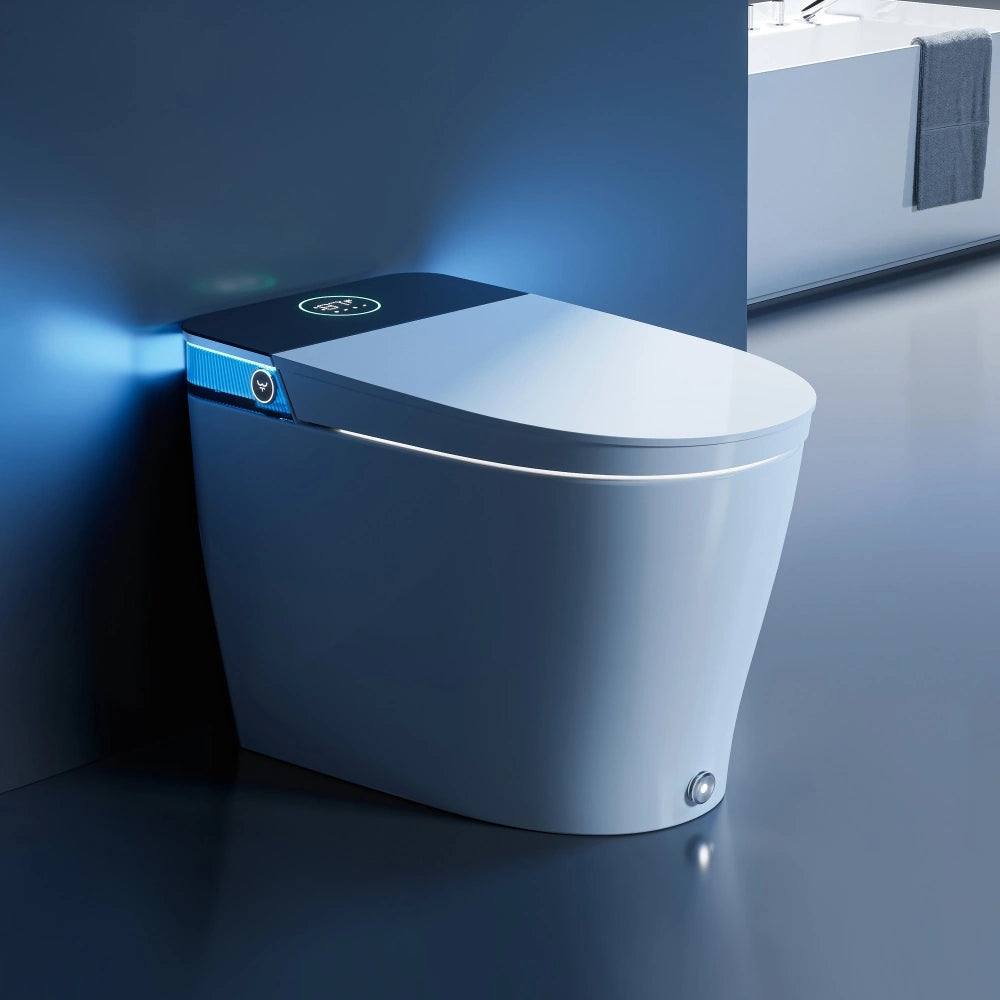
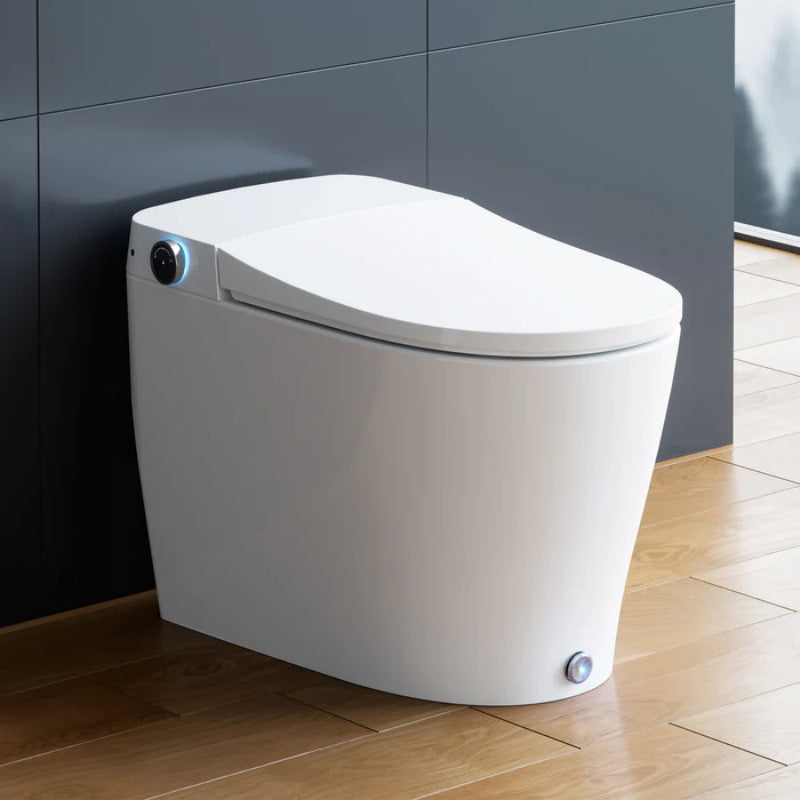
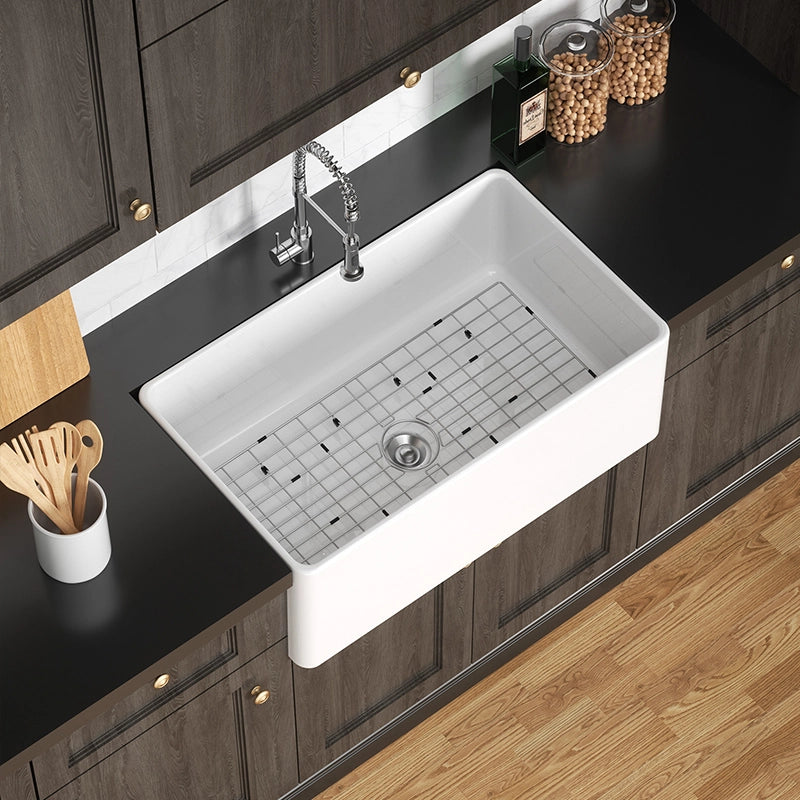
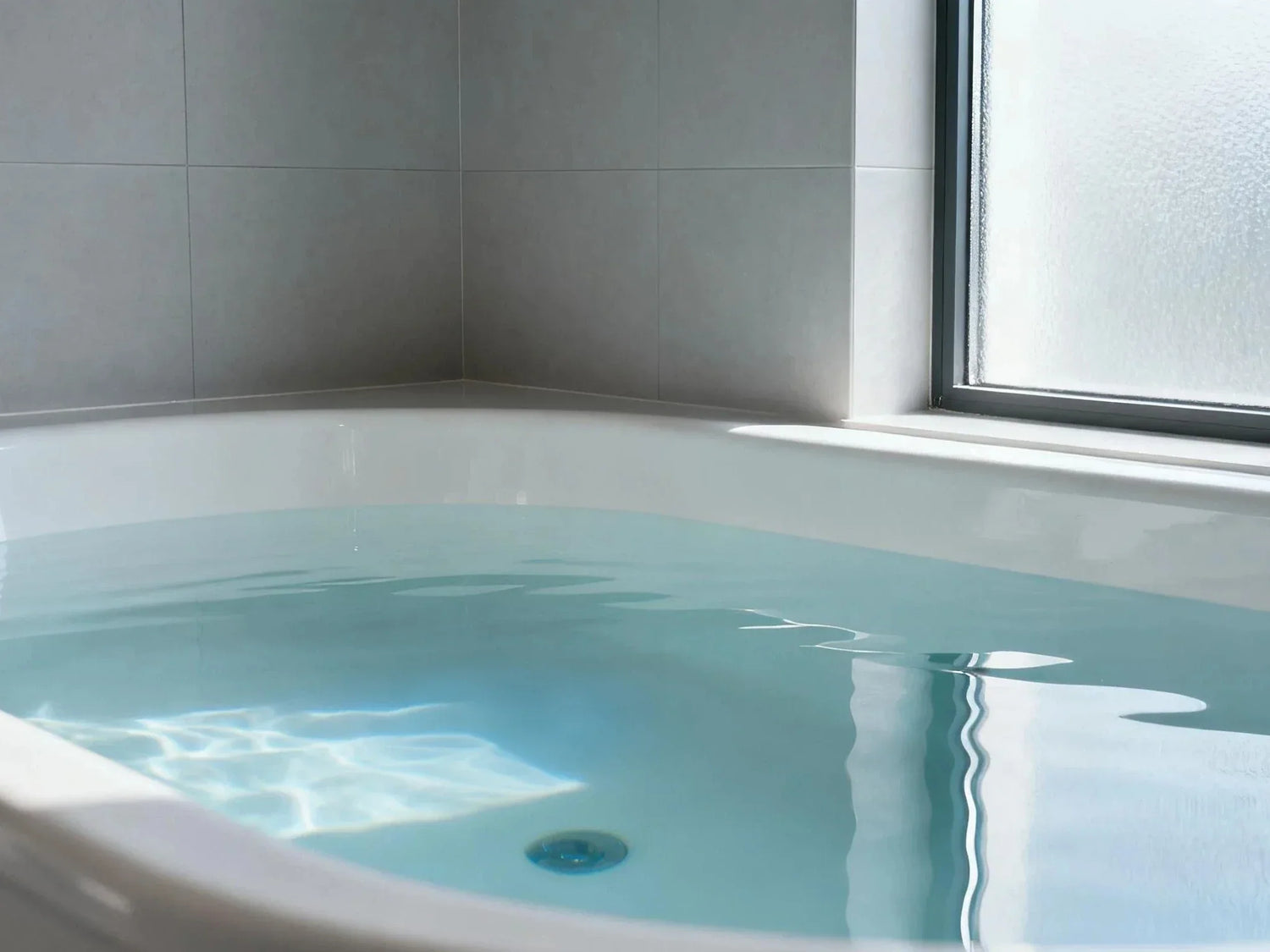
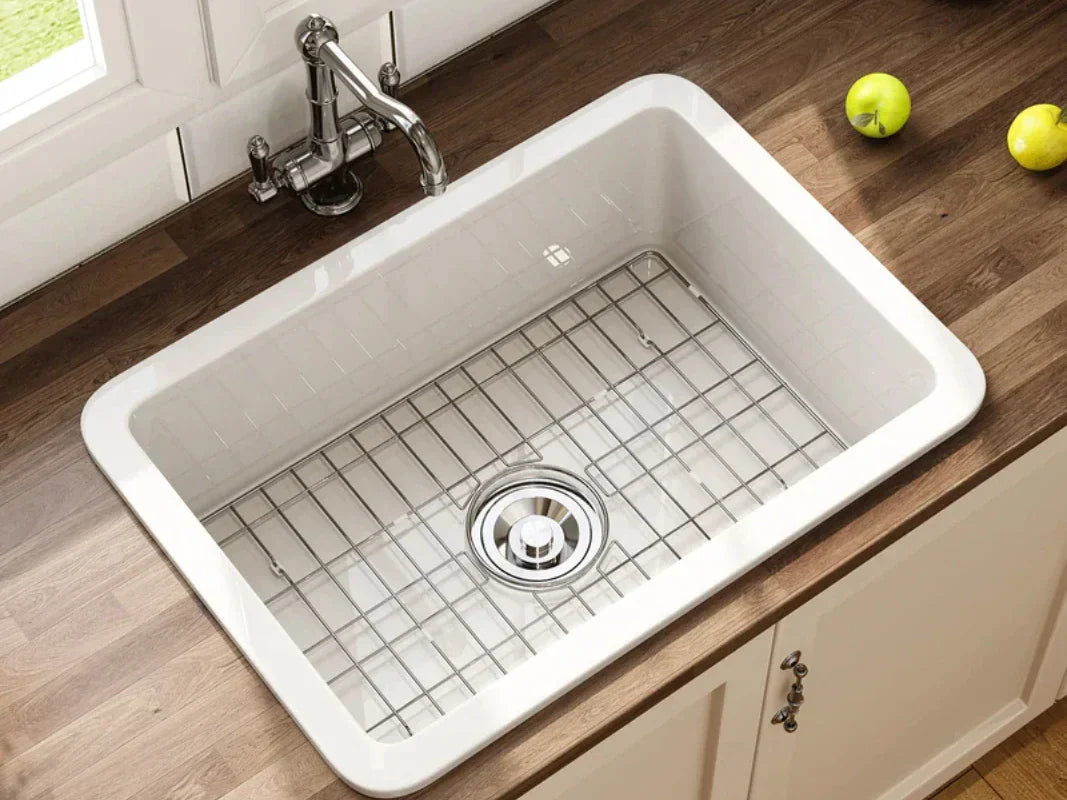
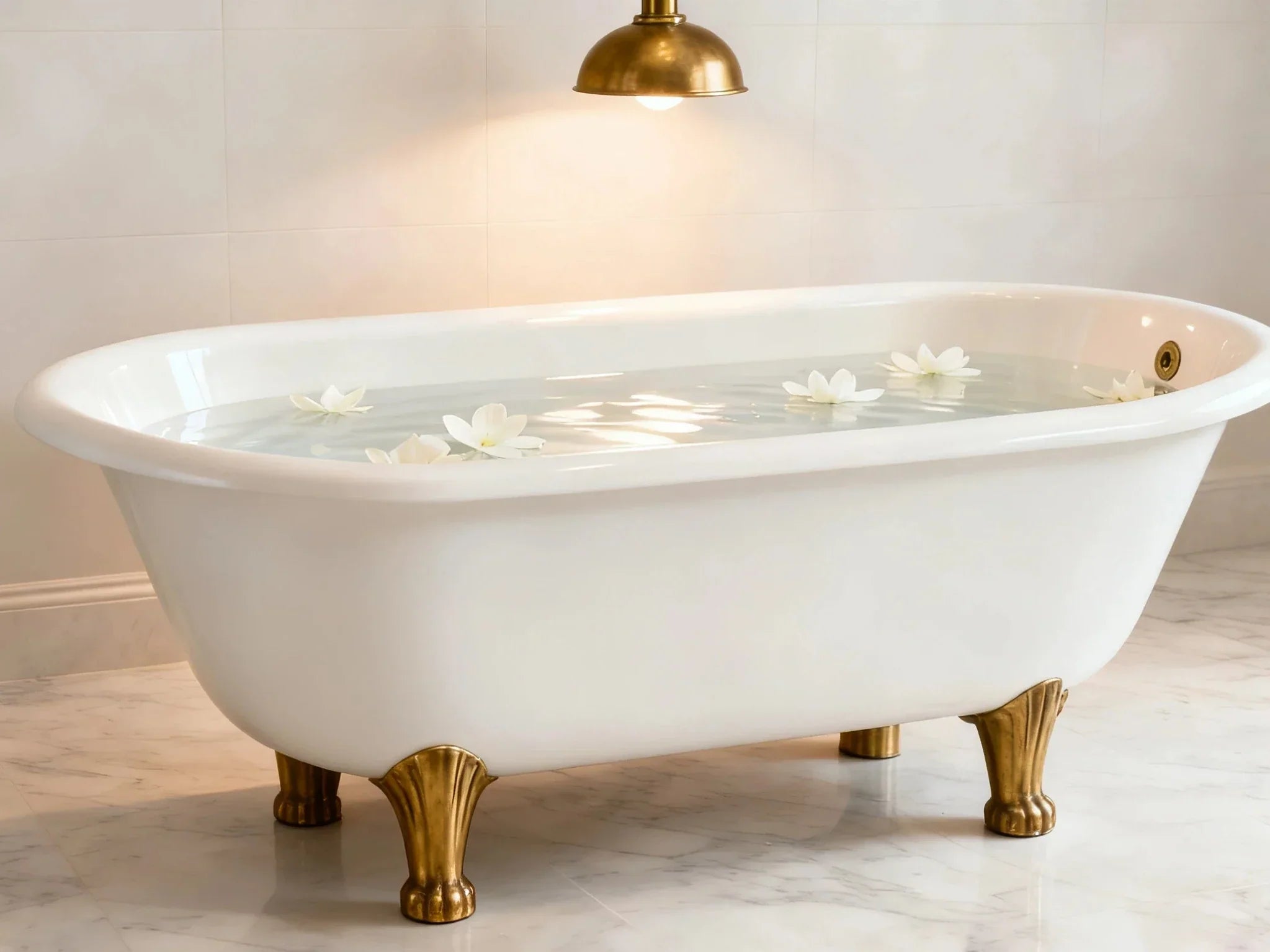

Leave a comment
This site is protected by hCaptcha and the hCaptcha Privacy Policy and Terms of Service apply.